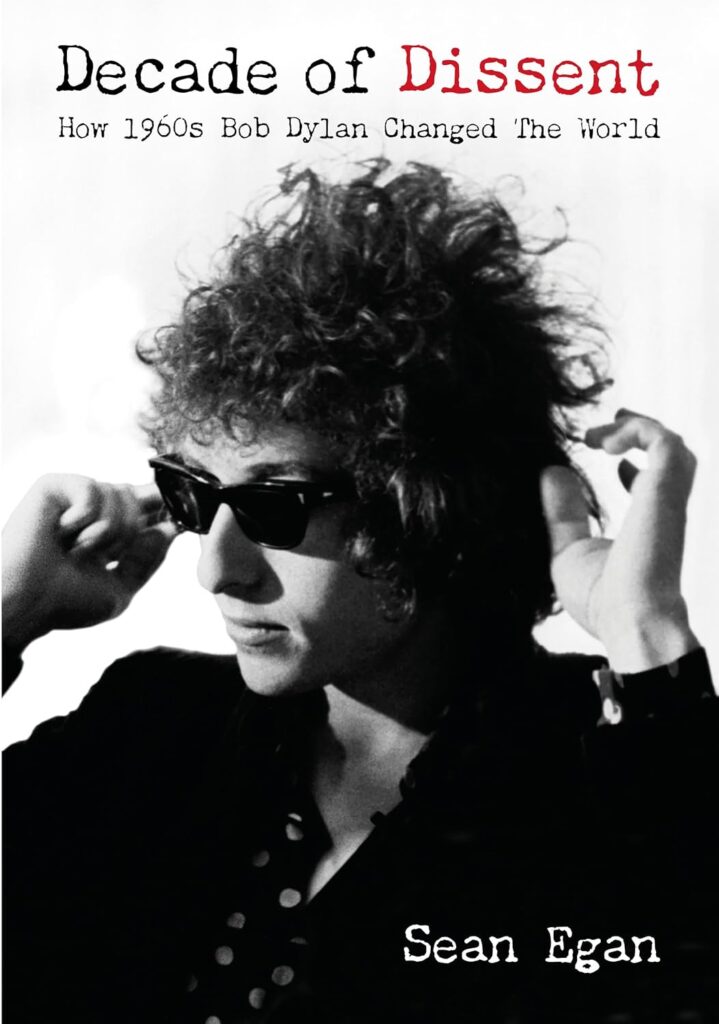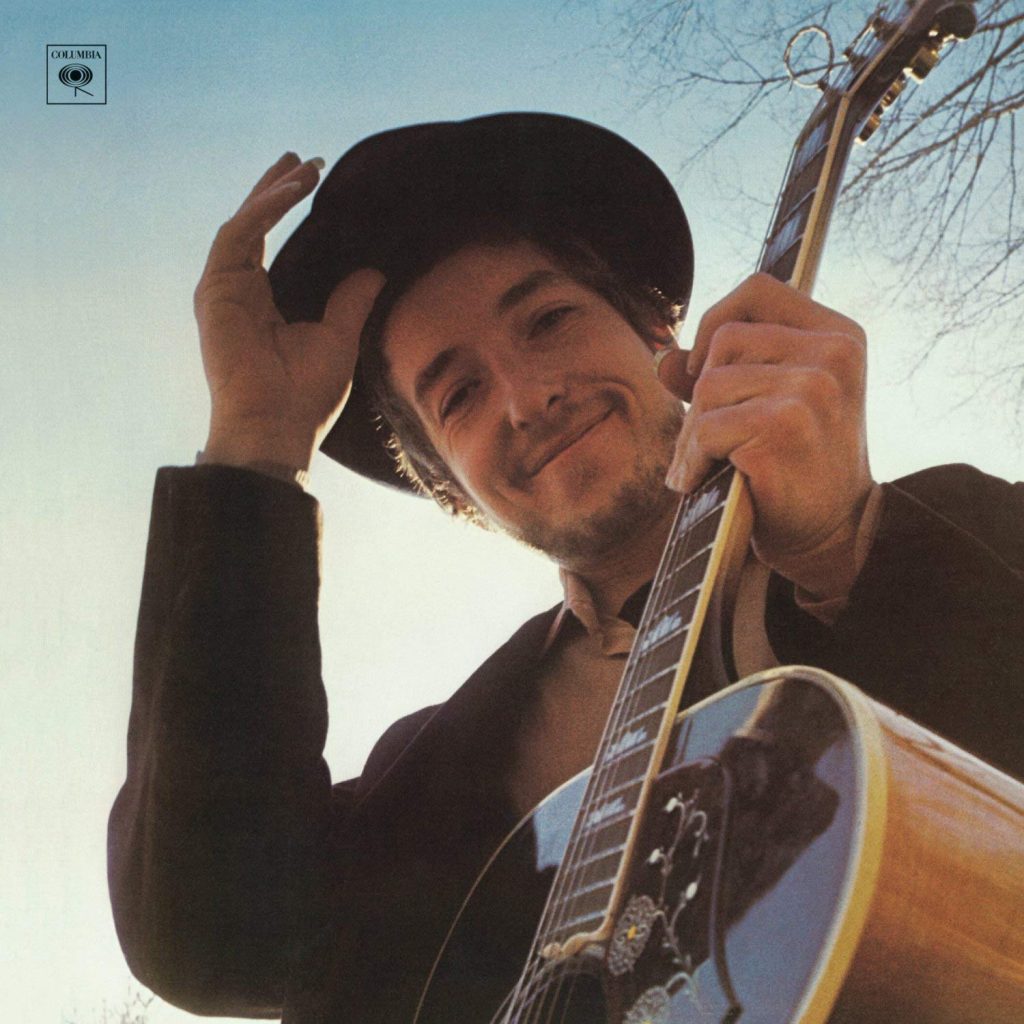 If you lined up every copy of every book by and about Bob Dylan, they’d stretch all the way from Highway 61 to Desolation Row. They include volumes that discuss his songs or contain lyrics or sheet music, a memoir, an abstruse novel, umpteen biographies and assorted scholarly tomes. There are also interview collections, including this writer’s own Dylan on Dylan: Interviews and Encounters, and books about pivotal periods, such as Elijah Wald’s Dylan Goes Electric!, the inspiration for the recent film A Complete Unknown. There’s even a book called Dreaming of Dylan: 115 Dreams about Bob.
If you lined up every copy of every book by and about Bob Dylan, they’d stretch all the way from Highway 61 to Desolation Row. They include volumes that discuss his songs or contain lyrics or sheet music, a memoir, an abstruse novel, umpteen biographies and assorted scholarly tomes. There are also interview collections, including this writer’s own Dylan on Dylan: Interviews and Encounters, and books about pivotal periods, such as Elijah Wald’s Dylan Goes Electric!, the inspiration for the recent film A Complete Unknown. There’s even a book called Dreaming of Dylan: 115 Dreams about Bob.
Into this crowded field comes yet another missive, this one titled Decade of Dissent: How 1960s Bob Dylan Changed the World. Can there really be anything more to say about the man and his music? As it turns out, the answer is a qualified yes, from the title published on May 20, 2025. Just don’t hold your breath awaiting major revelations.
Written by British music journalist Sean Egan, the volume is part biography and part album reviews. It also includes discussions of studio sessions that incorporate quotes from the author’s interviews with assorted musicians and other Dylan associates. Like Wald’s book, this one focuses mostly on the 1960s, but while Wald’s narrative ends with the 1965 Newport Folk Festival, Egan offers a detailed discussion of every LP from Dylan’s eponymous 1962 debut through 1969’s Nashville Skyline. His book title notwithstanding, he also comments a bit on such later albums as 1970’s Self-Portrait, 1975’s Blood on the Tracks and 1997’s Time Out of Mind.
Decade of Dissent assumes too much knowledge on the part of the reader to be recommended to Dylan neophytes and contains a lot that Dylan fanatics have already read elsewhere. However, that second group will find incisive, frequently fresh-sounding commentary about the albums, and the author’s interviews with people who were on the scene—such as Al Kooper, Roger McGuinn and photographer Daniel Kramer—include lots of illuminating tidbits.
The book is mostly well-written, though Egan’s sentence structure is occasionally mangled. (Talking about producer John Hammond, for example, he writes, “Born in 1910, his privileged hinterland can be guessed at…” Egan also almost always gets his facts straight, though, here too, he occasionally messes up. For instance, he refers to the mid-’70s as Dylan’s “married-bliss period,” though his relationship with his wife was unraveling by the time he recorded Blood on the Tracks in 1974. (They divorced in June 1977.)
Related: Our Album Rewind of Blood on the Tracks
Fans will forgive such minor slipups but might well take issue with Egan’s opinions about the music, which often seem loaded with conjecture. When Dylan sings, “The answer, my friend, is blowin’ in the wind,” for example, Egan takes that to mean he is saying “beats me, pal” and states that this is “a quite extraordinarily sustained study in non-commitment” and that some people “might assume that it represented the composer pulling a fast one on his listeners, even mocking them.”
 Egan also cites the last line of Nashville Skyline’s lighthearted “Peggy Day” (“By golly, what more can I say?”) and states that it could lead some fans to “conclude that they are being treated with contempt.” And he says the reason Sonny and Cher’s “I Got You, Babe” was “immediately understood to be a Dylan pastiche or even rip-off” was all because of the word “babe,” which was “so inextricably associated with Dylan.” Egan adds that “I Got You, Babe” “can feel merely like a sexist putdown,” even though Sonny and Cher both sing the line.
Egan also cites the last line of Nashville Skyline’s lighthearted “Peggy Day” (“By golly, what more can I say?”) and states that it could lead some fans to “conclude that they are being treated with contempt.” And he says the reason Sonny and Cher’s “I Got You, Babe” was “immediately understood to be a Dylan pastiche or even rip-off” was all because of the word “babe,” which was “so inextricably associated with Dylan.” Egan adds that “I Got You, Babe” “can feel merely like a sexist putdown,” even though Sonny and Cher both sing the line.
Moreover, Egan speaks harshly of albums that many people (including this writer) consider classics. He calls Nashville Skyline “lazy and slender,” for example. He also dismisses the music on Blonde on Blonde as “overly archetypal” and says many of the lyrics give “the impression of very elevated graffiti on a toilet stall wall.”
While Egan can be provocative, however, he’s almost invariably articulate, well-versed and interesting. And he sounds passionate about the albums he most admires. Dylan fans may well take issue with portions of Egan’s book, but they’ll likely be glad they read it.
Decade of Dissent is available in the U.S. here and in the U.K. here.






No Comments so far
Jump into a conversationNo Comments Yet!
You can be the one to start a conversation.